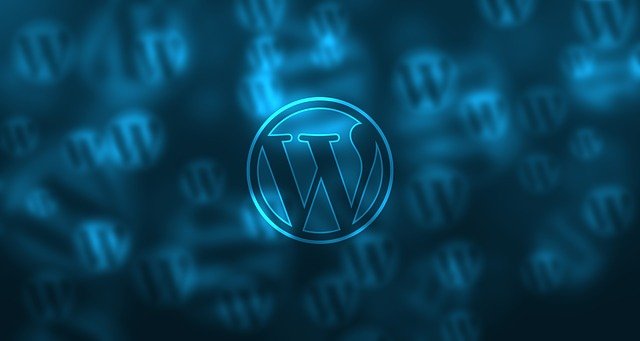It is currently very difficult to navigate the numerous terms of digital marketing. But it is necessary for those who intend to promote websites and have traffic from search engines.
Here is short frequently used SEO vocabulary with an explanation of their meaning and role.
SE – Search Engine – a system that searches for information requested by the user on the Internet and provides it as a link list. Examples of SE: Google, Bing, Baidu, Yahoo!, and others.
SEM – Search Engine Marketing – marketing aimed at promoting an Internet resource in search engines to increase traffic and attract the maximum number of visitors to the site. SEM includes: SEO (Search Engine Optimization), SEA (Search Engine Advertising), SMM(social media marketing), etc.

SEO – Search Engine Optimization – a set of actions that are pointed at improving the quality and quantity of site traffic from search engines through organic search results. SEO is divided into off-page and on-page optimization.
Off-page SEO based on using the external environment to increase links to your site. These can be social networks, directories and catalogues, blogs, etc.
On-page SEO is optimization of the internal structure of the site. This includes removing errors and optimizing the HTML code, updating materials posted on the site using high-quality content, linking web pages, selecting keywords for professional construction of a relevant semantic core, and so on.
Organic search (or Organic search results) – pure search results without paid ads.
SERP – Search Engine Result Page – page shown by search engines in response to a user’s query.
XML – Extensible Markup Language – a language used to define a set of rules for encoding documents in a format that can be read by both humans and machines.
HTML – Hypertext Markup Language – coding language for web page markup. Each code is called an element or tag that is used to form the structure and content of websites.
Meta tags – HTML tags which are designed to provide structured metadata about a web page. There are such as Meta Description or Meta Keywords.
Meta Description is meta tag that appears under the link to your page in the search results. The Meta Description indicates what your page is about.
Meta keywords is meta tag of keywords that correspond to the content of the site page.
URL – Uniform Resource Locator – an indicator of the site’s position on the Internet, the site address consisting of the domain, the path to the page and the file. It is used as a standard for recording links to objects on the Internet.
Slug is part of the URL that identifies the page in a format that is understandable for both users and search engines.
DNS – Domain Name System – a protocol that translates website URL (which use alphabetic characters) to IP addresses (which use numeric characters).
Content is texts, videos, or other information published on web pages for users.
CMS – Content management system – an information system or computer program used to ensure and organize the joint process of creating, editing and managing content. There are two types of CMS. The first is Enterprise Content Management System (for working with content within an organization). The second is Web Content Management System (for supporting the operation of a website).
Landing Page is a target optimized web page that is accessed by users from various external sources.
Snippet is a part of the descriptive text for a web page detected by the search engine. They usually contain the context in which the keyword was encountered in the text on the page.
Link is an element that leads to another web page.
Backlinks (or Inbound Link) is an incoming link that leads to this site from another resource.
Internal link is a link to other pages within the same site.
Deep link is a link that redirects the user to a specific search page instead of the main page.
High performance link is a highly effective link that gives maximum results.
Link Building is the process of increasing the mass and quality of links for site search promotion.
Analytics is a specialized software, tools for collecting and analyzing data about site visitors for SEO.
PageRank is a measure that defines the weight of the page. Page rank of the website depends on the number and importance of links to the page on the Internet.
Page Views is the number of times your page was viewed.
UI – User Interface – a series of screens, pages, visuals, and other channels that allow people to interact with a website, app, product, or service.
UU – Unique User – a non-repeating user who has unique characteristics and visited the site within a certain period of time.
UE – User Experience – the attitude of a person to the use of a particular product, system, or service.
CTR – click-through rate – the number of clicks on a link in relation to the total number of people who saw it.
BR – Bounce Rate – the percentage of users who left the website page a few seconds after the first viewing and did not perform any targeted action on it.
CR – Conversion Ratio – a metric that determines the level of achievement of the goal set for the project in the network. This is the ratio of the number of users who performed a useful action to the total number of site visitors.
Cookies are information from the server that is stored on the user’s hard drive. Cookies are used for authentication, statistics, and tracking the activity of each user of the resource.
UGC – User-generated content – content created by users of a blog, social network, or other online resource.
The SEO vocabulary doesn’t end there. These are the most basic concepts that will help you understand and most importantly navigate the fast-growing digital marketing industry.
For more marketing terms go to Marketing Vocabulary section of the website.





